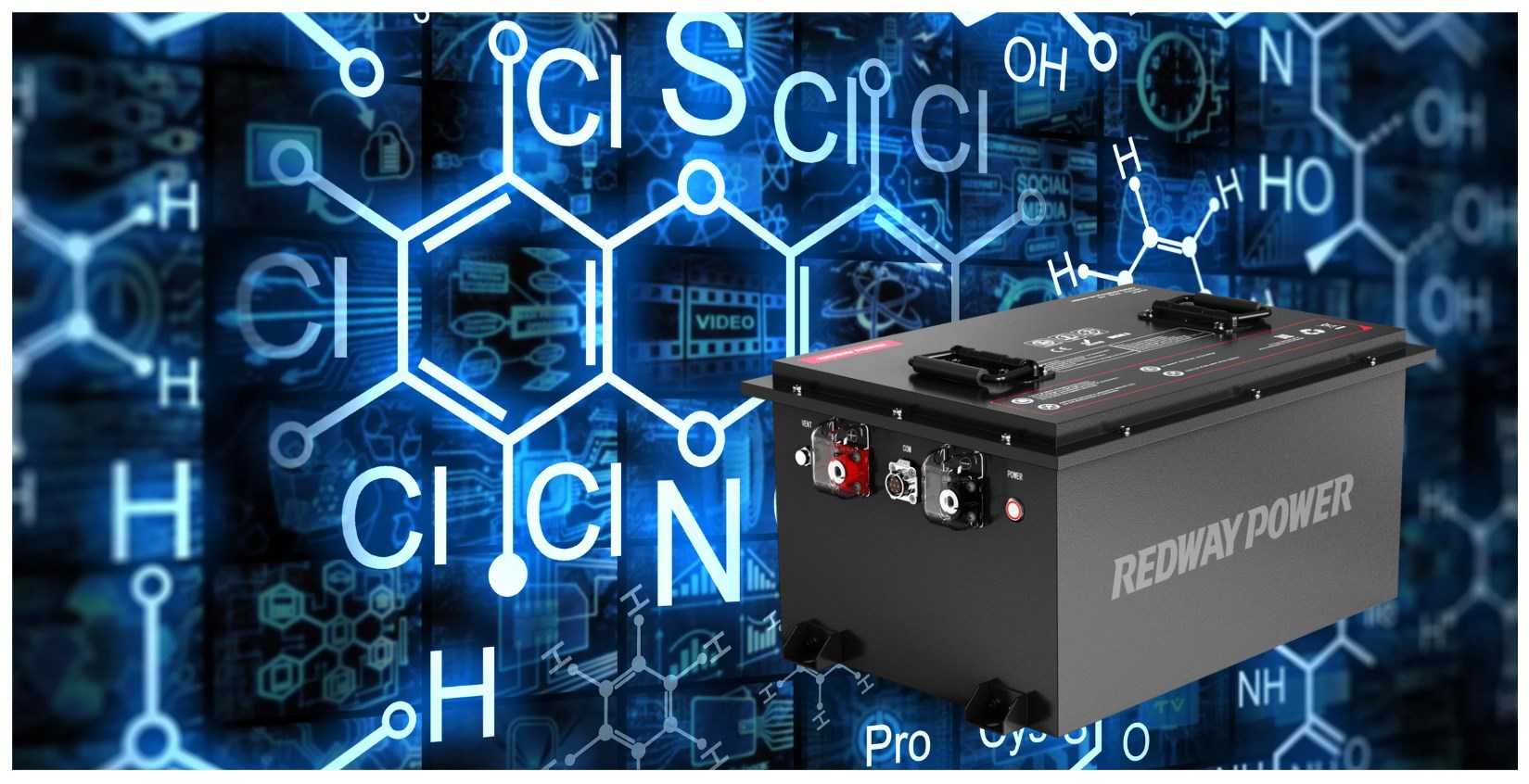Lithium-ion batteries have become an integral part of modern life, powering a wide range of devices such as laptops, cell phones, electric cars, and more. Their increasing popularity is attributed to their lightweight nature, high energy density, and rechargeable capabilities.
Mechanism of Action
To comprehend how lithium-ion batteries function, it’s essential to understand the intricate interplay of components within the battery.
Components
- Anode and Cathode: These store the lithium ions.
- Separator: Prevents direct contact between the anode and cathode while allowing the movement of lithium ions.
- Electrolyte: Facilitates the movement of positively charged lithium ions between the anode and cathode.
- Current Collectors: Include positive and negative collectors and are responsible for the flow of electrical current.
Charge and Discharge Process
- Discharge: During device usage, lithium ions move from the anode to the cathode, generating a flow of electrons, which powers the device.
- Charge: When the device is plugged in for charging, the opposite occurs; lithium ions are released from the cathode and received by the anode.
Energy Density vs. Power Density
Understanding two critical concepts associated with batteries: energy density and power density.
Energy Density
- Measurement: Watt-hours per kilogram (Wh/kg).
- Description: Represents the amount of energy the battery can store concerning its mass, akin to the size of a pool for water storage.
Power Density
- Measurement: Watts per kilogram (W/kg).
- Description: Indicates the amount of power the battery can generate concerning its mass, similar to how quickly you can drain a pool.
In summary, energy density reflects the capacity or size of the ‘energy pool,’ while power density signifies the rate at which energy can be drawn from that ‘pool.’ Both factors are crucial in determining a battery’s performance and applications.




